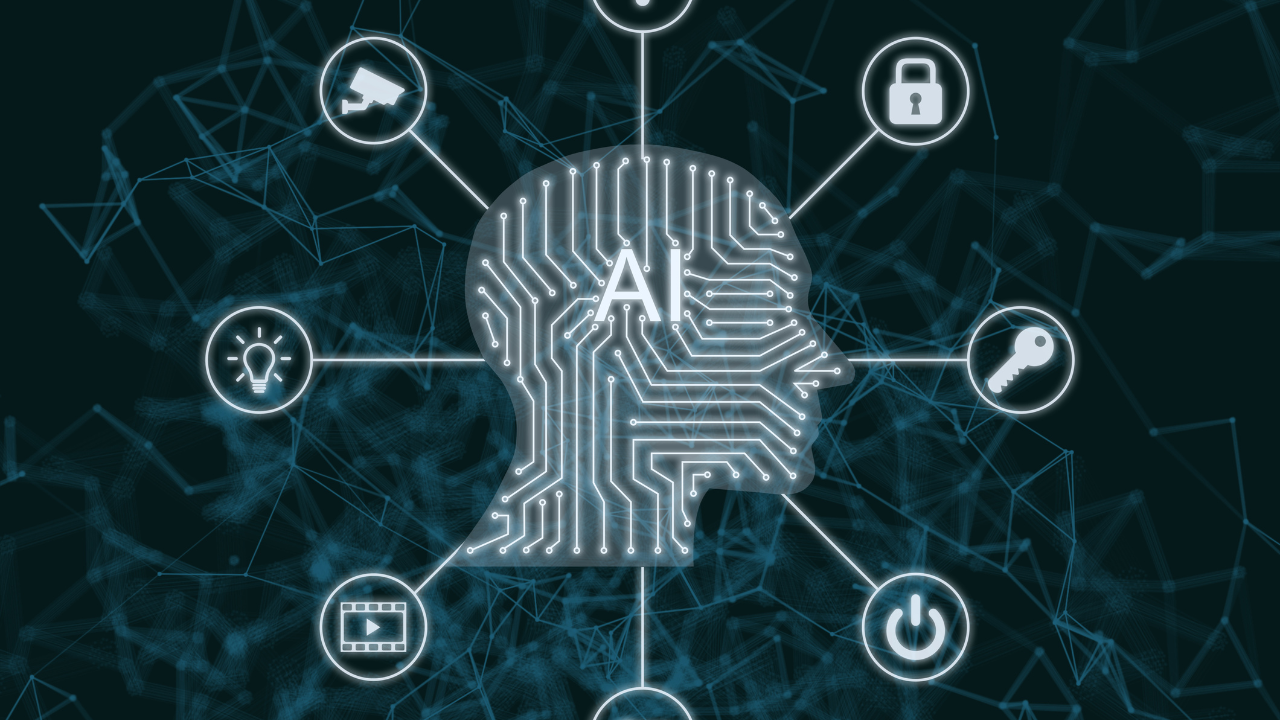



In today's hyper-connected world, smartphones have evolved far beyond their original purpose. Once seen as just communication tools, they've now become powerful educational companions. Welcome to the era of mobile learning, where your classroom fits in your pocket.
What Is Mobile Learning?
Mobile learning (or m-learning) refers to the use of mobile devices—especially smartphones—for accessing educational content, participating in online classes, completing assignments, and even collaborating with peers. It emphasizes flexibility, accessibility, and convenience, allowing students to learn anytime, anywhere.
The Rise of Learning on the Go
With the rapid advancement in mobile technology and internet access, more learners globally are shifting to smartphones for educational purposes. According to recent surveys, over 70% of students report using their phones regularly to study—whether it's watching tutorial videos, using flashcard apps, or attending virtual lectures.
How Smartphones Are Transforming Education
On-Demand Access to Information
Google, YouTube, and educational apps put the world’s knowledge at our fingertips. Students can instantly look up definitions, watch explainer videos, or access digital textbooks anytime.
Personalized Learning
Apps like Duolingo, Khan Academy, or Quizlet adapt to the user’s pace and learning style, offering tailored experiences that keep students motivated and engaged.
Interactive and Multimedia Learning
Smartphones support rich media formats—videos, podcasts, infographics, AR—which make learning more engaging and effective than traditional methods.
Collaboration and Communication
Messaging apps, shared docs, and learning platforms allow seamless collaboration, even across continents. Study groups can meet on Zoom, WhatsApp, or Discord instead of a physical classroom.
Microlearning & Time Management
Short bursts of study through mobile apps help break down complex topics and make it easier to fit study time into busy schedules.
The Flip Side
While smartphones offer unmatched convenience, they come with challenges:
The Future of Mobile Learning
As AI, 5G, and AR/VR continue to evolve, mobile learning will become even more immersive and personalized. From AI tutors that understand your learning style to virtual field trips using AR, the possibilities are endless.
#trending #latest

University Internships That Help You Get a Job After Graduation... Read More.

Is It Smarter to Start at a Community College... Read More.
 Fake posts hit Czech PM Fiala's X
Fake posts hit Czech PM Fiala's X
Fake posts disrupt Czech PM Fiala's X account security
 Switzerland Tightens Export Rules
Switzerland Tightens Export Rules
Switzerland expands export controls on dual-use goods
 Google unveils Ironwood AI chip
Google unveils Ironwood AI chip
Google introduces Ironwood chip to accelerate AI tasks & apps
 TSMC Q1 revenue up 42%
TSMC Q1 revenue up 42%
TSMC sees 42% revenue surge in Q1, surpassing forecasts
 Amazon CEO Outlines AI Vision
Amazon CEO Outlines AI Vision
Amazon CEO reveals AI investment plans in new letter
 Osaka Hosts World Expo 2025
Osaka Hosts World Expo 2025
Japan blends tech and culture at Osaka Expo 2025 launch
 A16z Plans Big Bet on AI Startup
A16z Plans Big Bet on AI Startup
A16z may lead huge round in ex-OpenAI CTO’s new AI firm.
© MyEduGoal. All Rights Reserved. Design by markaziasolutions.com